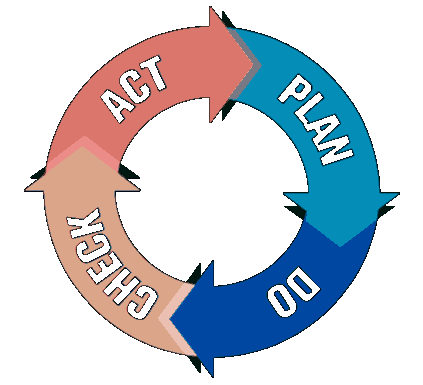
| . |
Support Systems for EMS Development and Implementation
Right Information at the Right Level
|
|
| . |
 |
Hari Srinivas |
|
Concept Note Series E-170. June 2021
|
 In order to take full advantage of the relative benefits of a city-level environmental management system, urban local governments need to set up multi-stakeholder support systems that will help in wddwctive implementation of the EMS.
In order to take full advantage of the relative benefits of a city-level environmental management system, urban local governments need to set up multi-stakeholder support systems that will help in wddwctive implementation of the EMS.
For a local government, for example, such benefits could be many - improved environmental performance, enhanced compliance with laws and regulations, pollution prevention, reduced waste generation, resource conservation, increased efficiency and reduced costs and enhanced image with public, regulators, lenders, investors.
This short slide show outlines the need for upgrading education and research to assist local governments that have implemented an EMS or obtained ISO 14001 certification.
This short slide show outlines the need for upgrading education and research to assist local governments that have implemented an EMS or obtained ISO 14001 certification.
|

|
Many local governments the world over have taken the step to develop an EMS for their cities, and have obtained an ISO 14001 certification as a result. There are different models of approaches used by local governments, but a common thread that runs through all the approaches is the need for comprehensive capacity building and awareness raising both within the local governments, and with the constituencies that they work with.
|

|
In order to effectively implement and manage a local government's EMS at the local level, there are essentialy four key areas where support is needed - (1) training, (2) information and dissemination, (3) demonstration and best practices and (4) research and policy.
|

|
These four sectors form part of a core EMS support system. The activities under this support system need to be categorized and implemented in the short term, medium term and long term. These activities will not only be implemented by the local governments themselves, but also by a broad coalition of partners and resource organizations who provide special inputs into the process.
|

|
The first support system that needs to be built is that of training - both face-to-face and web-based. In order to do this, organizations and resources need to be identified that can provide comprehensive training for concerned local government staff members on various aspects of EMS development and implementation.
|

|
The second sector that needs to be built is that of information and dissemination sector. There is a need to identify organizations and resources that can collect information on various aspects of EMSs - not just the specifics, but also strategies on developing political support, raising awareness etc. within the organization, as well as outside.
|

|
The third sector that needs to be built is that of demonstration and best practices. This sector clearly needs organizations and resources that can partner with appropriate organization to implement an EMS demonstration project as a learning experience, as well as document EMS best practices with different entities.
|

|
The fourth and last sector is that of research and policy sector. There is a clear need to identify organizations and resources that can conduct broad research and policy analysis to understand the justification for EMSs as well as link to other tools and environmental issues, in a broader, global context.
|
|
|

|
|